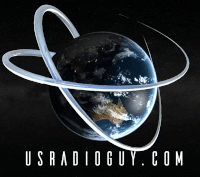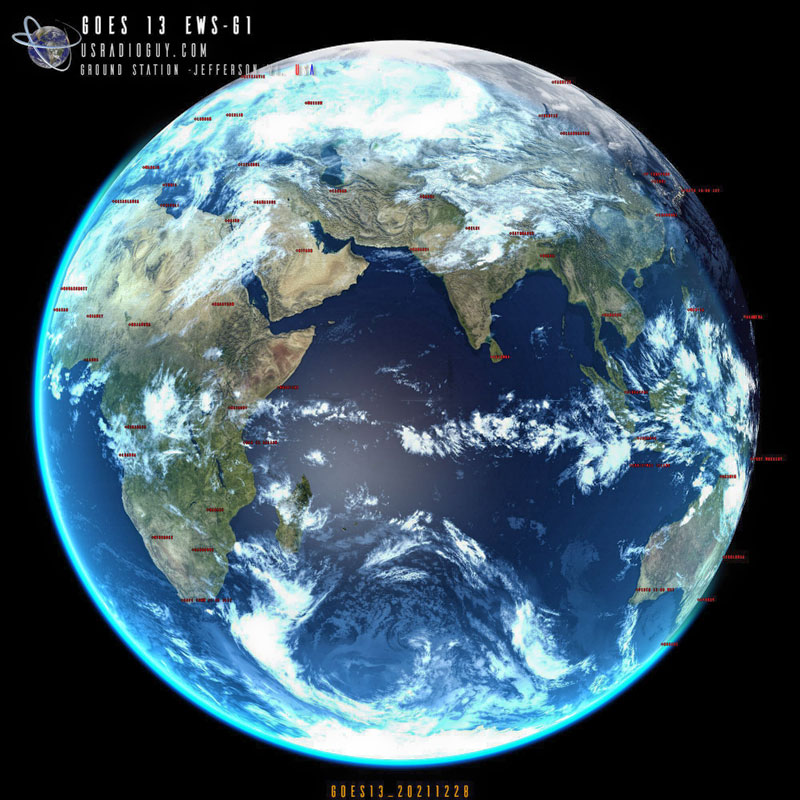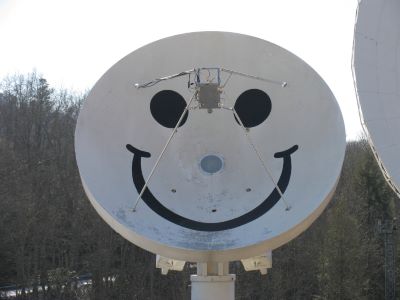![]()
Argh-who took a chunk out of my image?
Updated 05.10.2024
If you are seeing strange images around 05:00 -09:30 UTC Depending on orbital position and satellite, like the ones below, don’t immediately run to check all your settings and connections!!
It can happen around satellite local midnight time, and the ABI would see a direct head-on view of the sun near the edge of the earth. This could damage the ABI imager (in the same way as your eye’s retina or camera sensor could be damaged) so steps are taken to prevent this from happening while preserving as much of the rest of the image as possible.
GOES satellites encounter two periods during the year in which they are in Earth’s shadow. Known as the Eclipse (ECL) season, these periods require the spacecraft to be completely dependent upon batteries for a maximum of 72 minutes daily. Eclipses occur approximately from late February to mid-April, and from late August to mid-October.
During eclipse season with the GOES-R satellite series, stray light contamination is visible approximately 45 minutes before and after satellite local midnight (~0500 UTC for GOES-East and ~0900 UTC for GOES-West) each day for approximately 45 days before and after the vernal and autumnal equinox, in the form of a vertical beam of light that is more intense at the end closer to the Sun. Stray light contamination is often prominent in the images of visible and near-infrared bands (bands 1–6), although it can also be discerned in band 7 images. This is a normal occurrence for the ABI.
But how? To avoid direct solar light contamination onto the ABI detectors and maintain healthy performance of the ABI sensor, the solar avoidance routine was scheduled by analyzing part of the ABI swaths according to the angle between the ABI instrument and solar position at certain times of the year, then steering the ABI scan mirrors away from observing the scan lines of the Earth scene during that time period.
The Lens flare (the little lightning bolt-shaped flare), is caused when the refraction of light passing through the atmosphere of the earth (the angle of solar light through the atmosphere can be as large as 0.6°) is great enough to still hit a portion of the ABI imager.
Since each band absorbs a differing bandwidth of light, a compromise equation of all bands is used to try and get the maximum amount of usable imagery on all bands. This will ‘flip’ to the southern hemisphere in February.

Additional Impacts
During eclipse season with the GOES-R satellite series Geostationary Lightning Mapper (GLM), solar intrusion into the lens assembly will result in localized blooming (false events) and saturation (blind regions) in the data. These effects will occur daily around the same time as the ABI effects (0500 UTC and 0900 UTC). The daily effects begin with many false events at the limb, which cover regions of varying size and location as the eclipse features move across the field of view. The false events will peak during the beginning and end of the eclipse season and the 20-second files will intermittently peak in size above 3-5 MB per file during false events, which is well above the average of ~0.3 MB per file.
The increased number of false events can cause an overflow condition in the electronics which saturates the event processing. This saturation creates blind regions in the data outside of the areas impacted by the solar intrusion. The length of these temporary outages depends on the region, and is on the order of minutes. A blooming filter is being developed to remove the event spikes, although lightning detection outages will remain in the affected regions.
There is a significant risk of light from the sun directly entering the scanners and causing degraded products as the spacecraft enters and leaves the Earth’s shadow, requiring a special algorithm to be applied to the Imager products. In some instances shifting, cancelling, or truncating the frame is necessary. This is known as the “Stray Light Zone (SLZ).” The seasonal charts below describe the GOES-East and GOES-West Imager and Sounder scan frames that are canceled or shifted due to SLZ.



